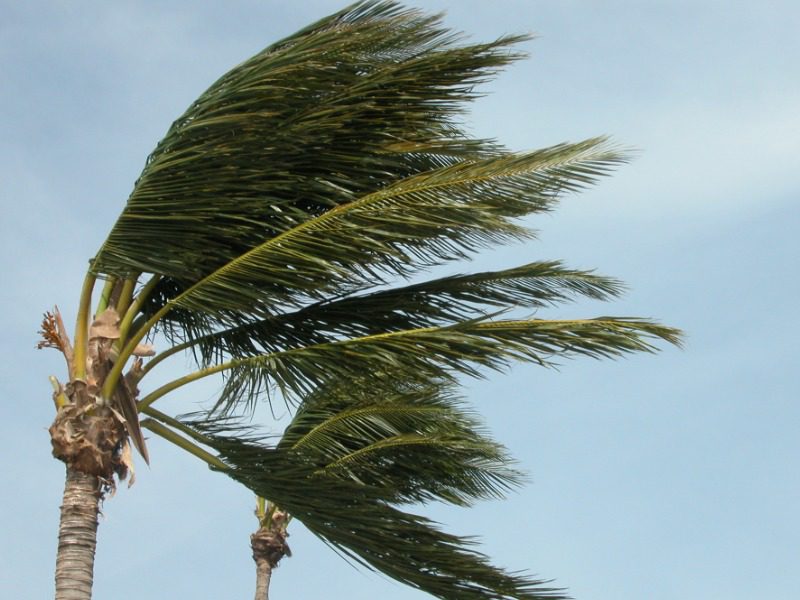How Cats will impact insurers’ and reinsurers’ pricing and investments

Rising cleanup costs following catastrophic weather events mean P&C insurers and reinsurers may have to adjust what they cover, and how they invest, global financial markets watchdog Fitch Ratings says.
As Canada braces for its third year in a row posting Cat losses exceeding $2 billion, Fitch noted large weather-related losses for property and casualty insurers shine a light on the industry’s heightened environmental physical risks, which many experts link to climate change.
“In response, we expect P&C (re)insurers to increase premium rates and, in some cases, pull back from the market as underwriting risks increase and become more unpredictable,” Fitch said in its report, Global Insurance Through an ESG and Sustainability Lens.
Going forward, Fitch predicts insurers’ underwriting and investment strategies will be increasingly influenced by environmental, social and governance (ESG) considerations.
In a related report issued in September, the ratings agency noted the trend toward larger losses has some reinsurers pulling back from the property-related catastrophe market.
But not everyone’s backing away.
“Some of the strongest reinsurers are increasing their exposure in anticipation of better underlying profitability due to rising premium rates in a less competitive market,” Fitch said. “We believe these companies can absorb the extra risk given their good business diversification and strong capitalization.”
Companies selectively expanding Cat capacity include Arch, Hiscox, Munich Re, RenRe and Swiss Re, Fitch said. It added price increases for property-catastrophe reinsurance, which began in mid-2019, will continue into 2023 and possibly beyond.
“Supply is likely to remain constrained as many reinsurers limit their property-catastrophe exposure in favour of less volatile casualty and specialty insurance lines,” said Fitch. “Therefore, only a handful of reinsurers are likely to fully benefit from the improving pricing conditions for property-catastrophe risk.”
Beyond the underwriting concerns, Fitch’s ESG report said risks stemming from climate-related transitions will like crimp returns on assets related to any carbon-intensive industries that insurers hold in their investment portfolios.
It noted life insurers would be somewhat more impacted than P&C companies, since lifecos run longer-term portfolios. A higher percentage of P&C insurers’ portfolios, by contrast, are invested in shorter-term, more liquid investments that can be cashed in when claims must be paid.
Even as violent storms and more wildfires create concerns, Fitch said, “we expect the sector to continue insuring industries with high environmental risk as these industries adapt to become more sustainable.
“However,” it added, “the worst-affected businesses and households may also need access to new government insurance schemes, and some may eventually struggle to obtain insurance.”
Feature image by iStock.com/ArtBoyMB



